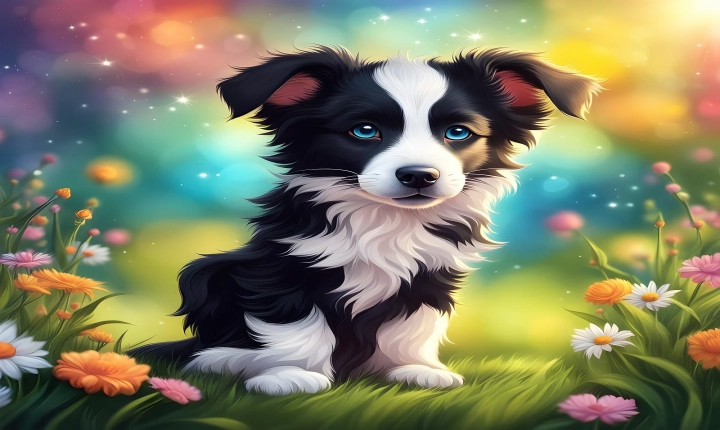Title: Can You Convert JPG to AI?
Introduction:
The need to convert file formats can often arise, particularly in the graphic design and digital art industries. While JPG and AI are both common file formats, they serve different purposes and have distinct features. The question of whether you can convert JPG to AI is a valid one, and the process of achieving this conversion is worth exploring.
Understanding JPG and AI:
JPG, or JPEG, is a widely used file format for images, known for its ability to compress files without significantly compromising image quality. It is commonly used for photographs and images intended for web or digital display. On the other hand, AI refers to Adobe Illustrator’s native file format, used for creating vector-based graphics. AI files are well-suited for scalability and editing, making them popular among graphic designers and creative professionals.
Challenges in Converting JPG to AI:
Converting a JPG file to AI is not a simple one-click process due to the significant differences between the two formats. While a JPG file is raster-based, meaning it is composed of a grid of pixels, AI files are vector-based, consisting of mathematical equations that define shapes and lines. As a result, converting a raster image to a vector format involves recreating the image using paths, anchors, and curves, which can be a complex and labor-intensive task.
Methods for Converting JPG to AI:
1. Manual Tracing: The most common method for converting a JPG to AI is through manual tracing in Adobe Illustrator. This involves using the Pen tool or Image Trace feature to create vector paths based on the contours of the original image. While this method provides control over the conversion process, it requires significant time and skill, particularly for complex images.
2. Third-Party Software: There are third-party software tools and plugins available that claim to automate the conversion of raster images to vector formats, including AI. These tools use advanced algorithms to analyze and trace the image, creating vector paths based on the content. However, the results may vary depending on the complexity of the image and the quality of the software.
3. Professional Services: For high-quality and precise conversions, some individuals and businesses opt to use professional graphic designers or specialized conversion services. These experts have the skills and tools necessary to accurately convert a JPG to AI while preserving the quality and integrity of the original image.
Considerations and Limitations:
It’s important to note that the conversion from JPG to AI may not always yield perfect results. Depending on the complexity of the original image, there may be challenges such as loss of detail, color accuracy, or the creation of unnecessary paths. Moreover, text and effects applied to the JPG image may not translate accurately to the vector format.
Conclusion:
While it is indeed possible to convert a JPG file to an AI file, the process is not straightforward and requires careful consideration of the content and intended use. Manual tracing, third-party software, and professional services offer various options for achieving this conversion, each with its own advantages and limitations. Ultimately, the decision to convert from JPG to AI should be based on the specific requirements of the project and the desired outcome.
